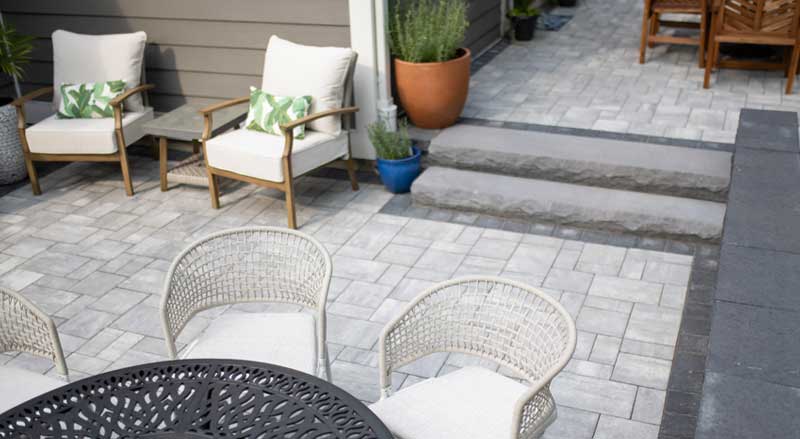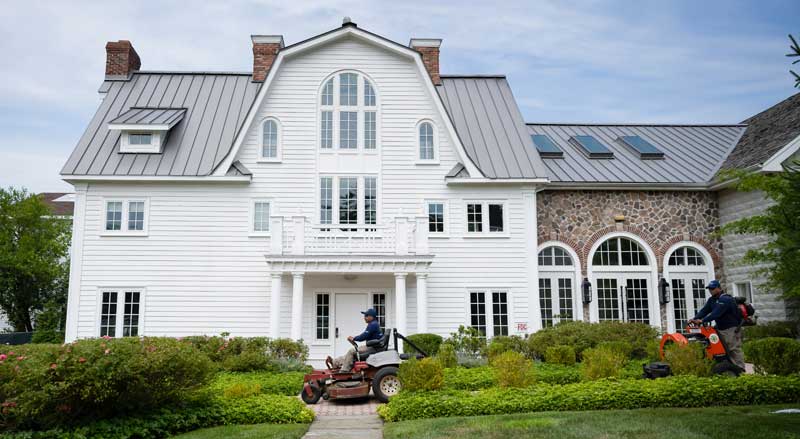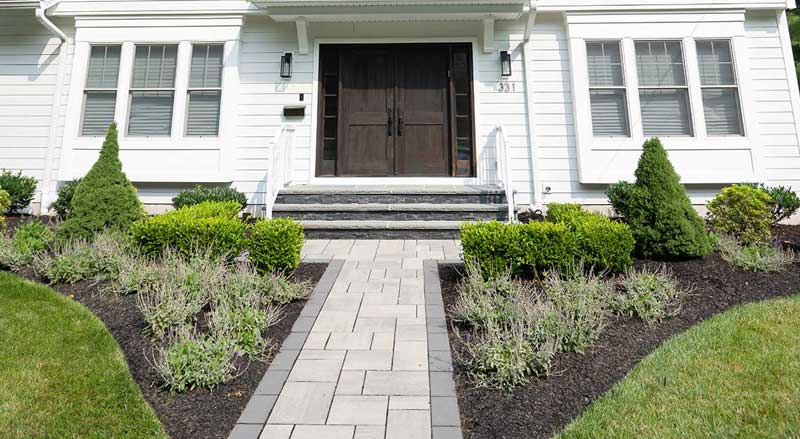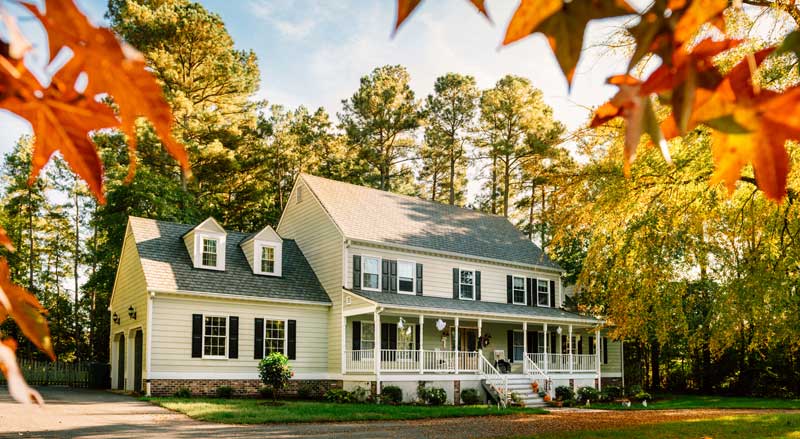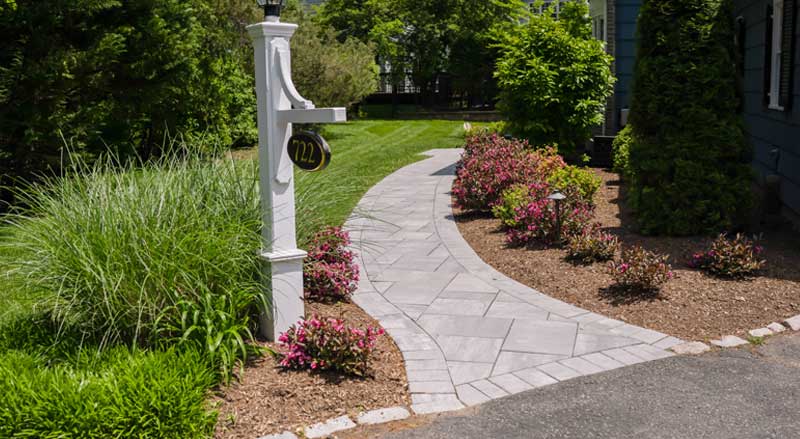Many people think of winter as being drab and gray. But this doesn’t have to be the case for your landscape.
Even though your favorite garden plants go dormant in winter, there are many ways to make your property come alive with color when the temperatures fall. Here are 5 ways to add color and interest to your winter landscape!
Plants With Berries Add Color and Interest
Shrubs and trees with vibrant winter berries can add a welcome burst of color to an otherwise bland landscape.
Plants’ berries come in many colors, including reds, oranges, purples, and yellows.
Birds and small animals rely on these berries for food, but many of these common berries shouldn’t be eaten by humans or dogs.
Following are some plants with berries that can add color to your winter landscape.
Eastern Red Cedar
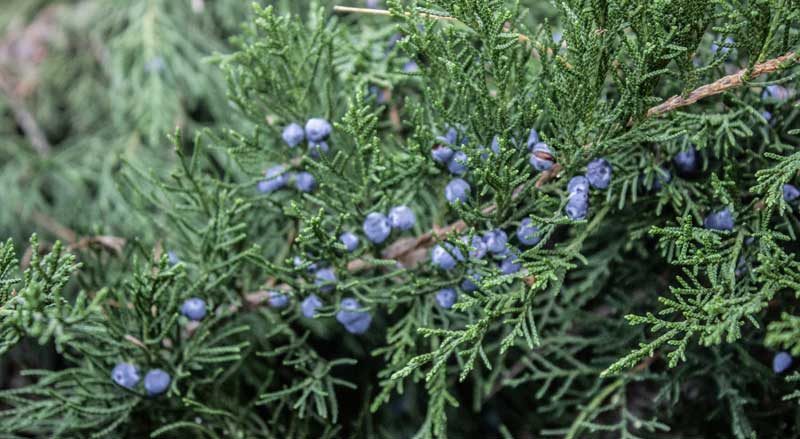
The eastern red cedar is an evergreen juniper. It can grow anywhere between 12”-24” each year. A mature tree will usually reach a height of up to 40’, but some trees can grow up to 90’ tall!
People consider the eastern red cedar a low maintenance tree that looks beautiful in a landscape year-round. These trees help protect homes from strong winds and noise.
This cedar’s prickly leaves are dense and display a muted blue-green color throughout the spring and summer. In the fall, the leaves turn a purplish color. The tree’s silvery-blue berries appear in the late fall.
Birds find safety in these lush trees and the berries are a convenient food source.
Common Winterberry Holly

The winterberry is a deciduous holly shrub. (It loses its leaves annually.) This plant is native to New Jersey and usually reaches 6’-10’ tall.
The leaves of the shrub are smooth around the edges and have a purplish-green hue.
In early summer, its small, greenish-white flowers provide nectar for hungry butterflies and honeybees. Birds, racoons, and mice enjoy its unmistakable bright red berries, which are present from late fall through winter.
Crabapple Tree
The crabapple tree has summer fruit that ripens in fall. However, many people choose to pick the fruit in winter when the fruit is softer and sweeter.
Crabapple tree fruit grows in many colors, including lime, chartreuse, gold, orange, red, or purple.
Evergreens Add Year-Round Color
Evergreens provide much needed color and life to winter gardens. But they add interest and beauty to your property all year long. Evergreens keep their leaves year round, so they are a constant source of color.
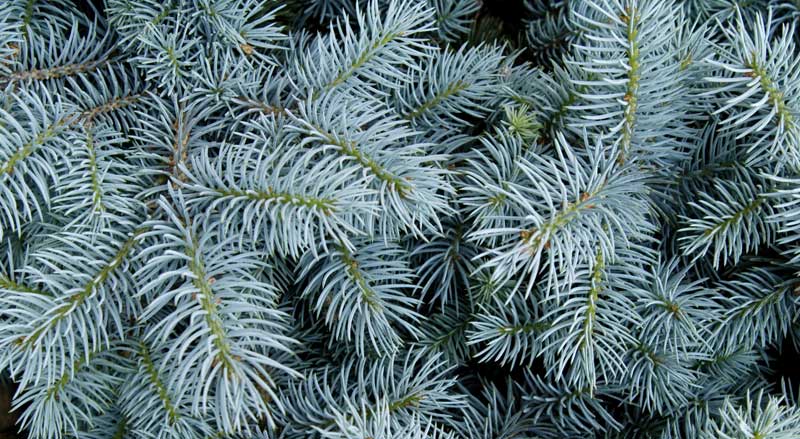
These trees come in a variety of textures and colors, including:
- Green
- Blue
- Yellow
Evergreens are effective barriers for your home and help protect against winter’s cold weather or winds. They can even help reduce your home’s heating costs when strategically placed near your home.
Many Plants Flower in Winter
As a New Jersey homeowner, you have many options for hardy flowering winter plants.
Here are some winter bloomers that will add some color to your landscape.
Violets
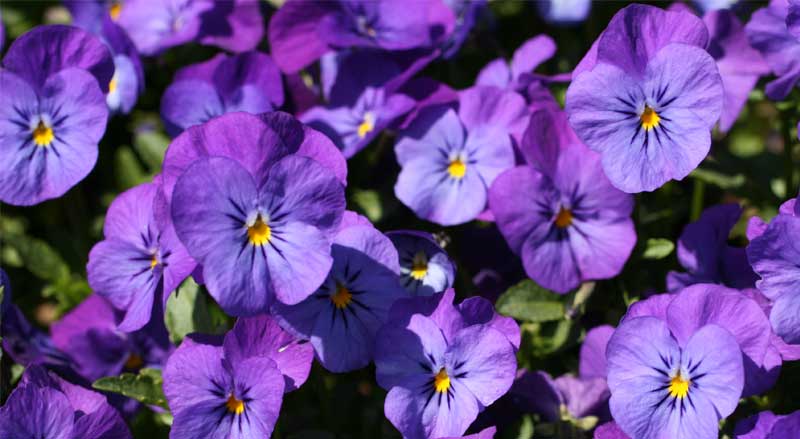
Violets grow to about 1’ in height and bloom in both the winter and spring. They come in a wide variety of colors, including hues of blue, purple, orange, red, yellow, pink, and white.
Blue Speedwell
Many landscapers recommend this flowering plant as a ground cover. Blue speedwell blooms as early as late February. Its flowers are a striking cobalt blue color.
Hellebore
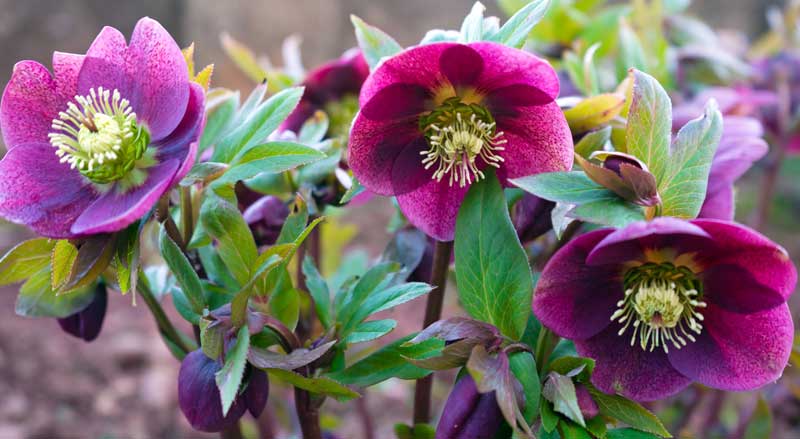
Hellebore is a plant that also blooms twice a year. It’s commonly called the Christmas rose. Flowers can be yellow, pink, burgundy, or white.
Read more about native plants to use in New Jersey landscaping.
Colorful Ornamental Grasses Delight Year Round
Ornamental grasses can be an impressive addition to your winter landscape. The grasses, some of which grow up to 7’ tall, add movement and interest to an otherwise dull scene. In winter, many grasses display shades of bronze, tan or russet.
Read all about ornamental grasses and view colorful images.
Following are two of the ornamental grasses that grow well in New Jersey.
Smoke Signal Grass
This deer resistant grass grows up to 5’ tall. Its muted blue/green leaves become tipped in crimson by summer’s end; leaves turn reddish purple in the fall.
Zebra Grass
Zebra grass has yellow horizontal bands on green leaves. Its showy silver white plumes grow up through the grass and remain all winter long.
Zebra grass grows up to between 4’ and 7’ tall.
Enjoy the Unusual Textures and Color of Tree Bark
When some trees lose their showy leaves, it’s not necessarily a bad thing—it places focus on the tree’s beautiful and unusual bark.
Some trees have such extraordinary bark color and texture that they become a focal point of your winter landscape.
Flowering Dogwood Trees
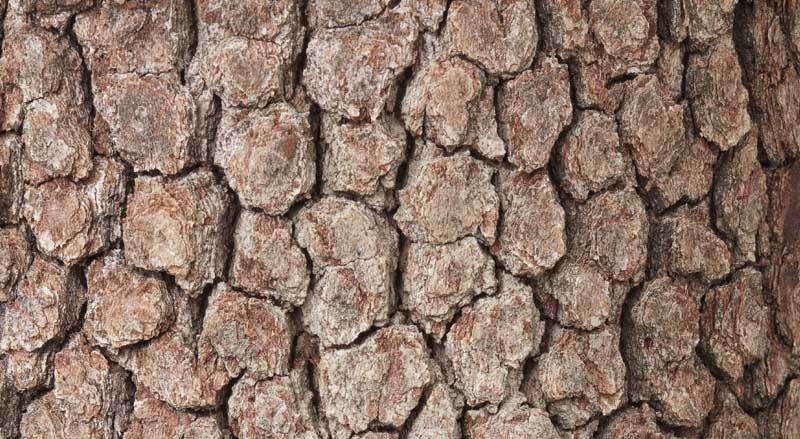
The dogwood tree’s bark is dark grey. When the tree is young, the bark is smooth. But as the tree matures, the bark breaks up into small scales, which some describe as scaly in appearance. Many consider the unusual bark to be extremely attractive and distinctive looking.
Dogwood trees have smooth-edged leaves with curved veins. Dogwoods can flower and produce fruit to feed birds and wildlife.
Shagbark Hickory
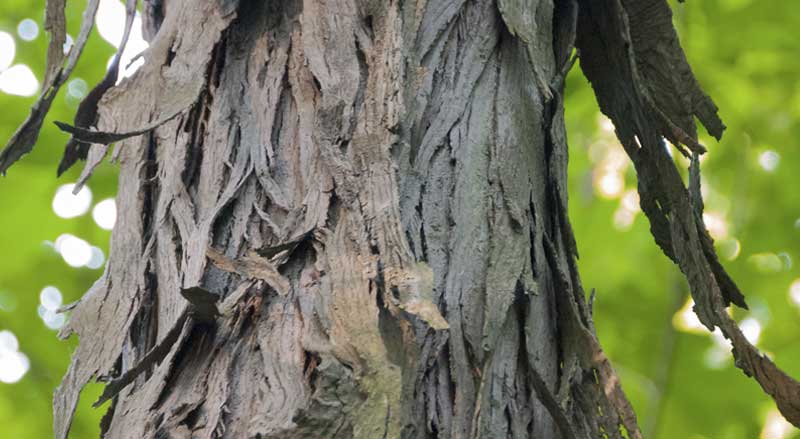
The shagbark hickory has quite an unusual bark. Its bark is grey and has a shaggy appearance with long peeling plates. The bark’s unique appearance makes this deciduous tree an exciting addition to New Jersey landscapes.
The tree’s green leaves turn golden in the fall months.
Thinking ahead to spring? Here are tips for winter planning for spring landscape projects.
Also, read about important things to consider when planning your landscape.
Give Your Landscape Some TLC Before Winter Arrives
- Clear all broken branches and old piles of leaves
- Remove old built-up areas of mulch from around plants to deter small animal pests
- Water plants well before the freezing temperatures arrive to ensure a healthy dormancy period



